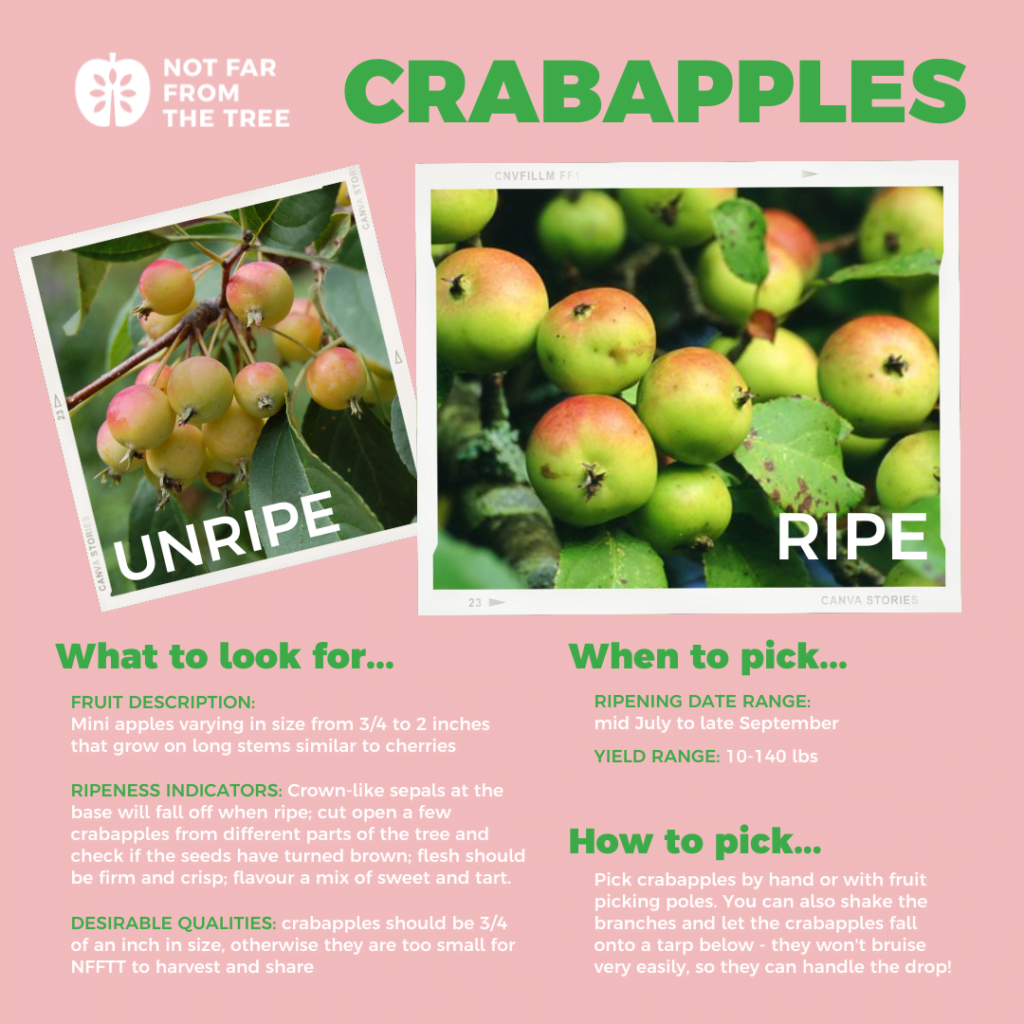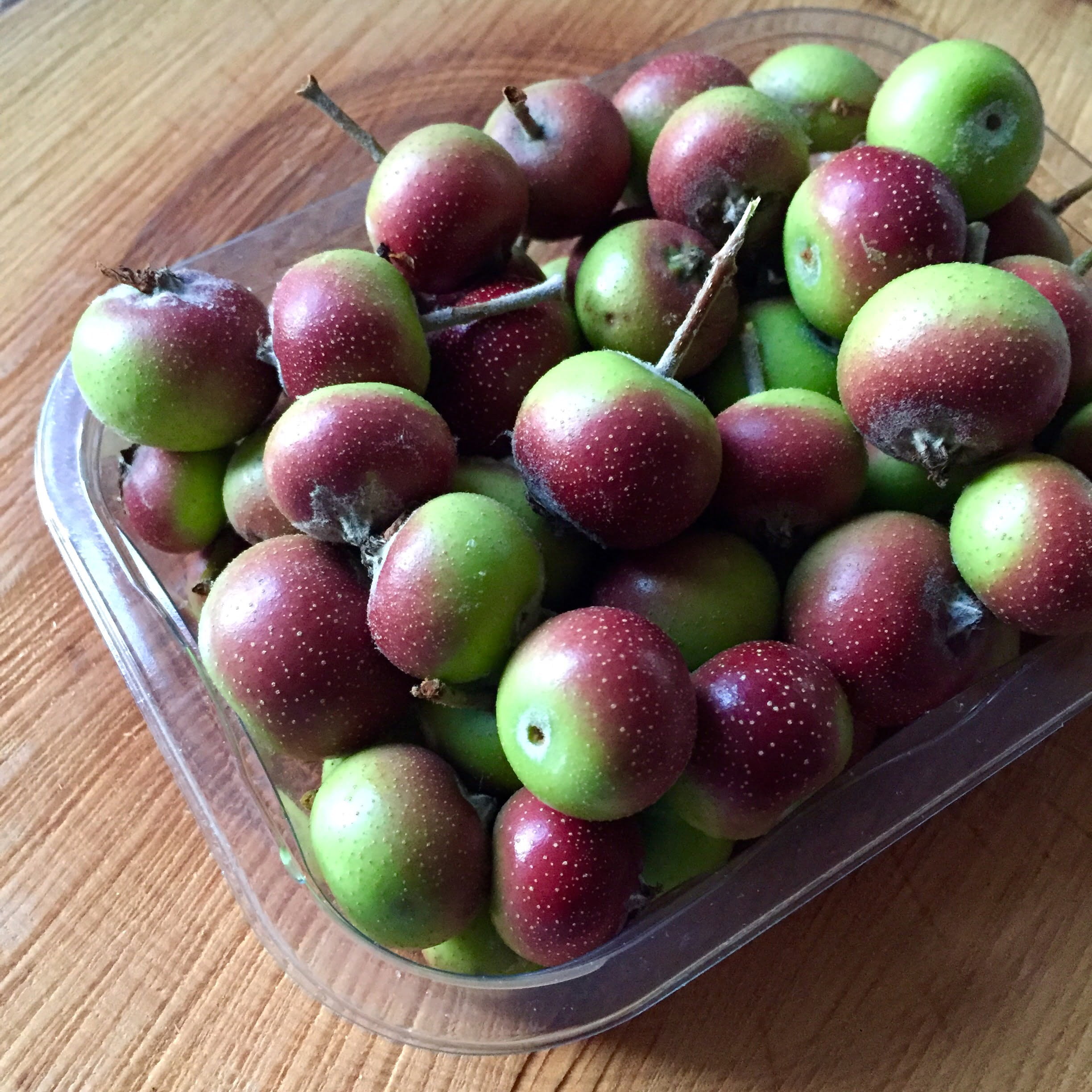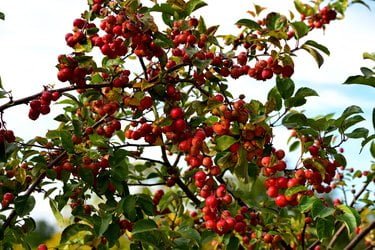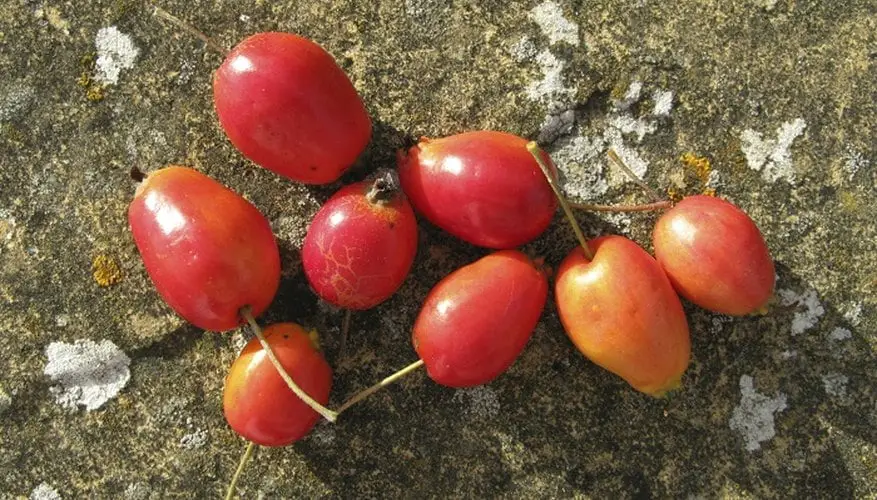Knowing the right time to pick crab apples is crucial in ensuring their optimal flavor and texture. The ideal time for harvesting these small, tangy fruits varies depending on your desired purpose. Whether you plan to make jams, jellies, sauces, or simply enjoy the unique taste of crab apples, this article will provide you with valuable insights into when to harvest them. By understanding the signs of ripeness and considering external factors such as weather conditions, you can confidently gather these vibrant and versatile fruits at the peak of their flavor and nutritional value. So, read on to discover the perfect timing for picking crab apples and elevate your culinary creations to a whole new level.

Factors to Consider
When it comes to picking crab apples, there are several factors that you should take into consideration. These factors will help you determine the ideal time to harvest the fruit and ensure that you end up with the best quality crab apples. The key factors to consider include the variety of crab apple, the color of the fruits, the firmness of the fruits, the size of the fruits, the taste of the fruits, signs of ripeness, weather conditions, harvesting tools, and of course, personal preference and purpose.
1. Variety of Crab Apple
The variety of crab apple you have in your garden or orchard plays a significant role in determining when to pick the fruits. Different varieties have different maturation periods, which means they ripen at different times. It is essential to know the maturation period of the particular variety you have. This information can typically be found on the plant tag or obtained from reputable sources such as agricultural extension services. By knowing the maturation period, you can have a general idea of when the fruits are likely to be ready for harvest.
Additionally, it is advisable to do some research on the specific varieties of crab apple you are growing. Some varieties may have specific characteristics or requirements when it comes to determining their ripeness. By understanding these specificities, you can make more informed decisions about when to pick the fruits.

2. Color of Fruits
The color of crab apple fruits is another important factor to consider when determining their ripeness. Ideally, you want the fruits to have bright and vibrant colors. This indicates that they have reached maturity and will have the best flavor and texture. As the fruits ripen, you may notice a consistent color change. For example, green fruits may turn to red or yellow, or a combination of both, depending on the variety. Observing the color change can help you gauge when the fruits are ready to be picked.
It is worth noting that the color of crab apple fruits may vary by variety. Some varieties naturally have red fruits, while others may produce yellow or even bi-colored fruits. Understanding the color characteristics of the specific varieties you are growing will enable you to identify the optimal color to look for when picking the fruits.
3. Firmness of Fruits
The firmness of crab apple fruits is a crucial indicator of their ripeness. When the fruits are ready to be harvested, they should yield slightly when squeezed. This slight yielding is a sign that the fruits have reached an optimal level of maturity and are no longer overly green or hard. On the other hand, you should avoid picking fruits that are overripe or mushy, as they may not have the desirable texture and flavor.
It is a good practice to gently squeeze a few fruits to test their firmness. Avoid applying excessive force, as this can damage the fruits or lead to premature ripening. By assessing the firmness, you can determine whether the fruits are ready for harvest or need more time to reach their full potential.

4. Size of Fruits
The size of crab apple fruits can also provide valuable insights into their ripeness. Each variety has its mature size expectations, which can vary significantly. It is helpful to have objects of similar size for comparison to understand whether the fruits have reached their desired size.
Observing the growth of the fruits over time can give you a sense of their progress towards maturity. If the fruits have reached their expected size and are exhibiting other signs of ripeness, such as color change and firmness, it may be an indication that they are ready to be picked.
5. Taste of Fruits
The taste of crab apple fruits is, of course, a significant factor to consider when deciding when to pick them. The ideal taste will depend on your personal preference and the intended use of the fruits. Crab apples can vary in terms of sweetness level, tartness level, and even bitterness or astringency.
If you prefer sweeter fruits, it is recommended to wait until the fruits have fully ripened before picking them. On the other hand, if you prefer a more tart or bitter flavor, you may choose to harvest the fruits earlier in their maturation process.
Tasting a few fruits at different stages of ripeness can help you determine your preferred level of sweetness, tartness, or bitterness. This sensory evaluation will allow you to make informed decisions based on your taste preferences.

6. Signs of Ripeness
There are several signs of ripeness that you should look out for when picking crab apples. These signs indicate that the fruits are at their peak quality and ready to be harvested. One of the most common signs is when the fruits are easy to release from the tree. If they come off the tree with minimal resistance when gently twisted or lifted, it is a good indication that they are ripe.
Another sign is fruit drop on the ground. Mature crab apples may naturally fall from the tree when they are perfectly ripe. If you notice a significant number of fallen fruits in your orchard, it may be a signal that the majority of the fruits are ready for harvest.
It is important to avoid waiting for overripeness. Crab apples can deteriorate quickly if left on the tree for too long. They can become mealy, develop rot, or attract pests. Regularly monitoring the signs of ripeness will help you identify the optimal time to pick the fruits and prevent waste or loss of quality.
7. Weather Conditions
Weather conditions can have a significant impact on the ripening process of crab apples. Late summer to early fall is generally the ideal time for harvest. During this period, the fruits have had sufficient time to mature and develop their desirable flavors.
Dry weather conditions are favorable for crab apple ripening. Adequate sunshine and low humidity promote sugar accumulation and enhance the sweetness of the fruits. In contrast, excessive rainfall or high humidity can contribute to fruit rot or fungal diseases, compromising the quality of the harvest.
It is essential to avoid harvesting during frost events. Freezing temperatures can damage the fruits and negatively affect their taste and texture. If frost is forecasted, delay the harvest until the weather has improved to ensure the best possible outcome.

8. Harvesting Tools
Having the right harvesting tools is crucial for a successful crab apple harvest. Pruning shears or scissors are recommended for effectively and cleanly cutting the stems. These tools allow you to make precise cuts without damaging the fruits or the tree.
Wearing gloves is advisable for protection against thorns and potential irritants that may be present on the fruits or branches. Additionally, gloves can prevent injury and minimize the risk of transmitting diseases between plants.
Clean containers should be used for collecting the harvested fruits. This helps maintain the quality of the fruits and prevents any contamination or damage during transportation or storage. Make sure the containers are free from debris, insects, or other potential contaminants.
10. Making Decisions
When it comes to deciding when to pick crab apples, it is essential to consider multiple factors. By combining information about the variety, color, firmness, size, taste, signs of ripeness, weather conditions, and using the right harvesting tools, you can make more informed decisions.
Ultimately, personal preference and the intended purpose of the crab apples should guide your decision-making process. Whether you plan to use the fruits for making jams, jellies, or other culinary creations, or simply enjoy them fresh, understanding your own taste preferences will help you harvest the fruits at the stage that aligns with your desired flavor profile.
In conclusion, picking crab apples at the right time is crucial to ensure optimal quality and flavor. By considering the variety, color, firmness, size, taste, signs of ripeness, weather conditions, and using the right tools, you can make informed decisions that result in a successful harvest. Remember to trust your own taste preferences and the purpose for which you will use the fruits. Harvesting at the perfect time will allow you to savor the delightful flavors and enjoy the rewards of your effort.


